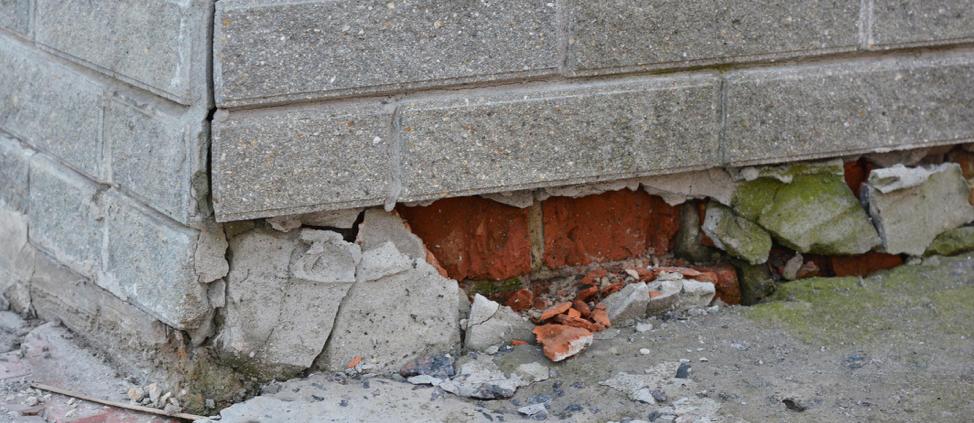What Happens When the Ground Around My Foundation Gets Too Wet?
While you might not think much about the ground moisture around the foundation of your home, fluctuating moisture levels can result in serious damage to the structural stability of your home. Large-scale issues like these are best to catch early, so it pays to familiarize yourself with what can happen when the ground around your foundation gets too wet.
Cracks in the Foundation
If the ground around your home’s foundation goes through too many wet and dry cycles over time, it can cause a level of repeated expansion and contraction that’s too much for your foundation to handle. Unfortunately, this can result in cracks in the foundation that can compromise the entire structure of your home, necessitating costly repairs later on. According to Budget Dumpster, some small cracks from normal drywall expansion are common and harmless, but cracks that are more than one-eighth of an inch wide are probably due to moisture damage and should be looked at more closely. Your best bet is prevention, which you can do by controlling where moisture collects in the area surrounding your home. Some great ways to tackle this include installing drain lines and diverters alongside grading your yard so that the slope carries moisture away from your foundation.
Bowed Walls
The same contraction and expansion pressure from moisture fluctuation that causes cracks in your foundation can also result in bowed basement walls. You can spot these by looking for diagonal cracks that radiate outwards from a central point and compromise your moisture barrier, often accompanied by a visible bulge in the wall. According to Tomlinson Cannon, bowed basement walls can be due to gutters sending water too close to the foundation of your home. A quick way to keep the problem from getting worse is to install the aforementioned diverters to help guide gutter runoff away from your foundation. Long-term fixes for bowed walls often involve installing anchors in the ground that straighten your basement walls and increase stability.
Humidity and Mold Growth
Unfortunately, according to the University of Minnesota Extension, the pressure of excess moisture around your foundation will result in increased moisture inside your home as well. The fissures in your basement wall make an incredibly poor seal against dampness and leaks, which amplifies indoor humidity. Not only is a high level of indoor humidity uncomfortable, but it increases the likelihood of mold growth in your home as well. Since many of the leaks that result from cracked basement walls drip into the walls themselves, it’s easy for mold growth to go unnoticed until the problems have already gotten out of hand.
You might not think to check on the moisture levels around your foundation while maintaining your home, but be sure to add it to your to-do list! When the ground around your foundation gets too wet, you run the risk of having to deal with costly issues such as foundation cracks, bowing walls, and interior mold growth.




